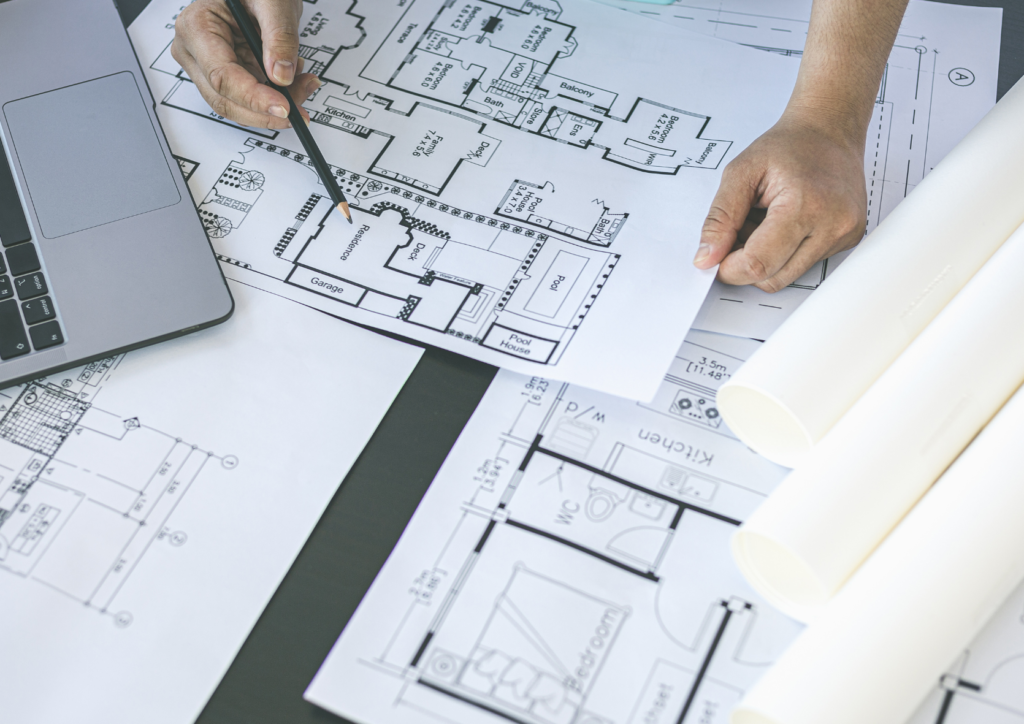In the vast landscape of construction and design, architects stand as the visionary creators, shaping the structures that define our communities and enrich our lives. From towering skyscrapers to intimate residences, their expertise guides the conception, planning, and realization of architectural masterpieces that blend functionality with artistry.
Architects serve as both artists and problem solvers, blending creativity with technical prowess to translate abstract ideas into tangible forms. Their role extends far beyond simply designing buildings; they are stewards of sustainability, champions of innovation, and advocates for the human experience within built environments.
One of the primary responsibilities of architects is to understand and interpret the needs of their clients while considering the broader context of the project. Through collaboration and communication, they develop a deep understanding of the project’s goals, constraints, and aspirations, ensuring that the final design reflects the client’s vision while adhering to budgetary and regulatory requirements.
In addition to their creative talents, architects possess a comprehensive understanding of engineering principles, construction techniques, and materials science. This interdisciplinary knowledge allows them to create designs that are not only aesthetically pleasing but also structurally sound, energy-efficient, and environmentally sustainable.
Sustainability is a central tenet of modern architecture, and architects play a crucial role in promoting environmentally responsible design practices. By incorporating renewable materials, energy-efficient systems, and passive design strategies, architects can minimize the environmental impact of buildings while maximizing their long-term value and resilience.
Furthermore, architects are advocates for social equity and inclusivity in the built environment. They strive to design spaces that are accessible to people of all ages, abilities, and backgrounds, fostering a sense of community and belonging. Whether it’s designing affordable housing, accessible public spaces, or culturally sensitive landmarks, architects play a vital role in creating environments that are welcoming and inclusive for all.
In an increasingly complex and interconnected world, the role of architects has never been more important. Through their creativity, expertise, and commitment to excellence, architects continue to shape the world around us, creating spaces that inspire, uplift, and enrich the lives of generations to come.



